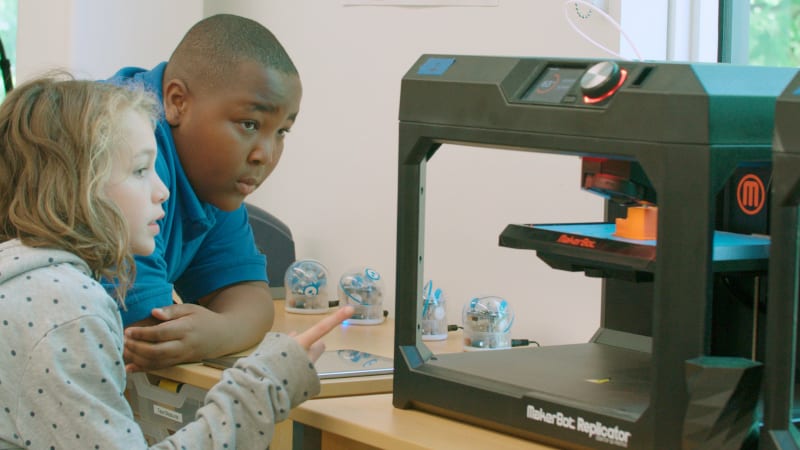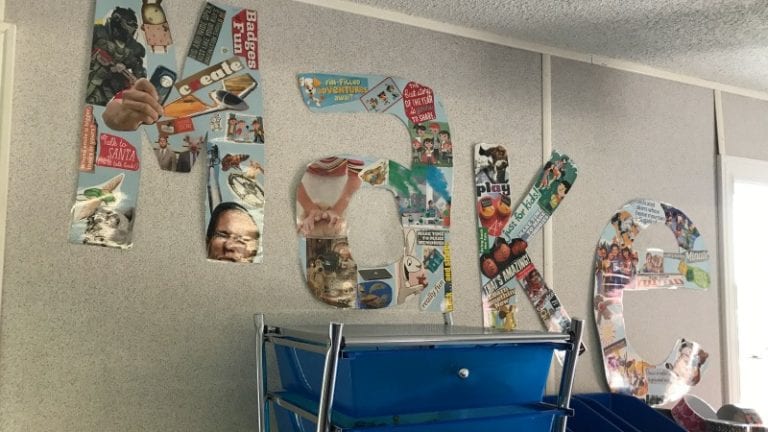You can’t underestimate the power of a good classroom makerspace.
“It’s one of the best ways to promote growth mindset,” says Olivia Reep, makerspace educator at Faubion School in Portland, Oregon. “You are going to fail in makerspace; it’s just part of the process. But kids can learn that it’s not a stopping point. It’s a learning opportunity.”
Reep runs a dedicated makerspace classroom for grades PK–8 at Faubion. She acknowledges how amazing it is to have the space and resources for a full-fledged makerspace, but she also believes that it’s possible to create something similar, regardless of your space or budget.
“I believe [that] you can start a makerspace with almost anything,” Reep says. “If you have a set of hot glue guns and some scissors, that’s enough. A good space is more about how you arrange the projects—not the tools you have.”
So what are the best, most essentials parts of a makerspace?
Just a heads up, WeAreTeachers may collect a share of sales from the links on this page. We only recommend items our team loves!
1. Designate a 3-D printing space.
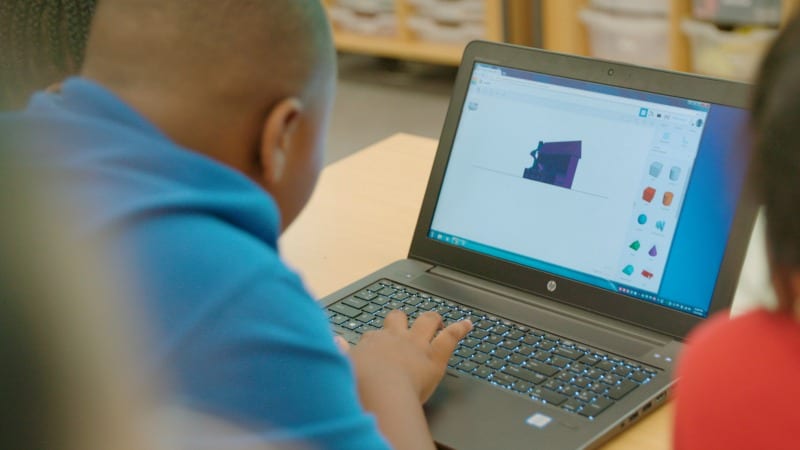
3-D printers seem like a must-have for makerspaces these days, and Reep says it’s one of the easiest ways to introduce kids to hands-on learning and tinkering.
“It’s really great for quick and easy ideas,” She says. “It’s on the beginner’s side of a makerspace. I tell kids that if they need a specific part for something, they can design it and print it.”
Makespace secret: Don’t have the budget for a 3-D printer? You’re not alone. They can be expensive for a single classroom purchase. However, many schools still have access to one. Ask your IT person if they know of 3-D printers in the district and then contact the teacher that does have access to one. Ask if they’d be willing to work with your students on a special project.
2. Set up a hot glue station.
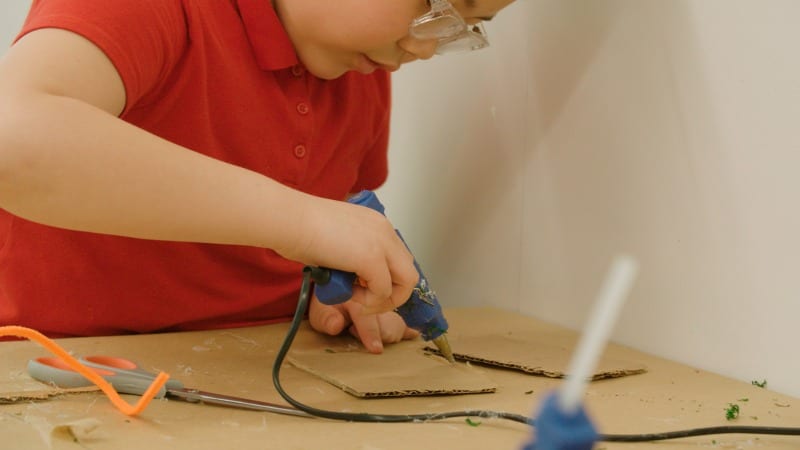
If there’s one thing you should definitely have in a makerspace, it’s a hot glue station. Reep lets kids as young as kindergarten use hot glue guns. A lot of people question this at first, but she says it’s all about teaching them how to use it properly.
“Giving them a dangerous thing makes them more responsible,” Reep says. “It also teaches kids to be accountable for their own actions.”
She says they’ve actually had very few incidents because kids know to take it seriously. She also says almost everything in makerspace can be done with hot glue at the beginning, before moving on to additional tools.
Makerspace secret: Definitely start with the low-temp hot glue guns. This is a good item to ask parents for donations or get funding for through your PTA group. They are inexpensive and can create a variety of items.
3. Create a space just for tools.
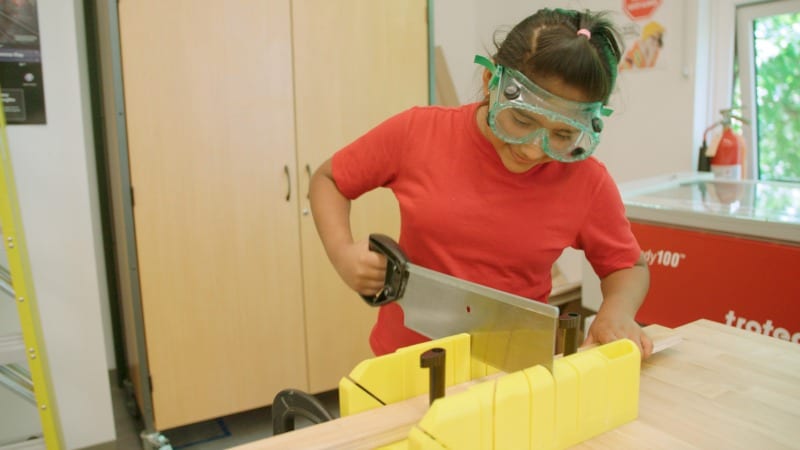
This is probably what many people imagine when they think of having a makerspace. It really promotes building, thinking, and creating.
“I personally love hand tools,” Reep says. “Saws, drills, hammers, wrenches … all of the woodworking things. It’s such a tangible thing for kids to do. Start small and work up toward a bigger collection.”
Makerspace secret: As Reep advises, you don’t have to have a ton of tools to start. Ask for donations or pick up supplies from a thrift store or garage sale. Even having basic screwdrivers and boards is a good start. Help your students to build their competence a little at a time—hammer and nails, then screws and screwdriver, etc.—before they graduate to larger tools or power tools.
4. Plan a spot just for essentials.
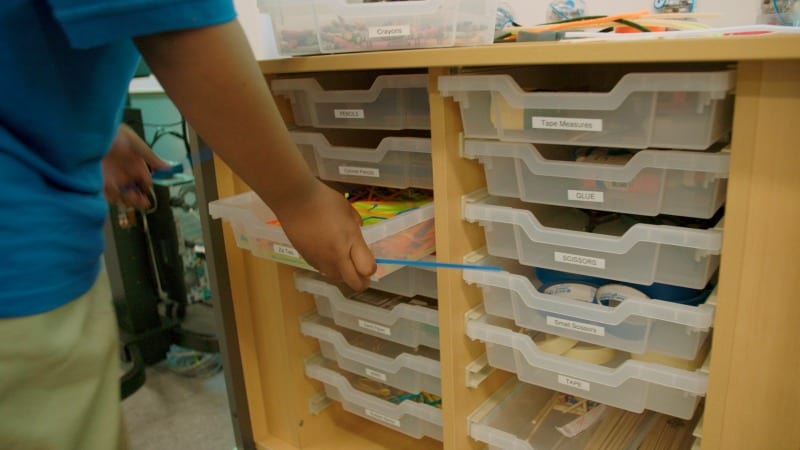
Students need to feel like the space is their own, and one of the best ways to do this is by having an essentials area with items you use regularly. Let them take some ownership of this area so they know they can go to it often.
“It has all the important things, like tape, glue, markers, zip ties, rubber bands—they’re all in one bin,” Reep says. “It’s really nice to have them ready to go, and you can pull them out at any moment.”
Makerspace secret: Get an organizer that is tall and has multiple drawers that are easy to label. Then encourage students to really keep the items nice and neat. You might even make maintaining this space a classroom job for a student.
5. Have a sewing place.
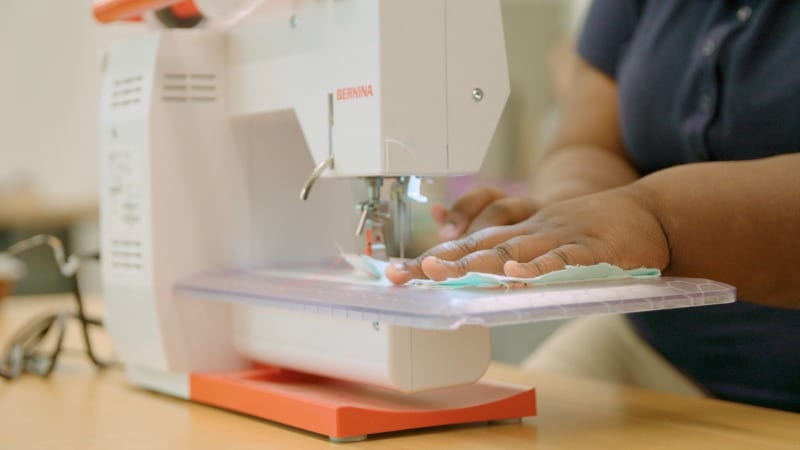
Kids of all ages can learn to sew. Reep even had her kindergarteners make pillows last year.
“It’s really simple to learn but super fun to see how it all goes together,” Reep says. “Plus, it helps students think about how things are made. They can see their own clothes and how the stitching goes together, and then they can practice that in class.”
Makerspace secret: If you don’t have a sewing machine, put a call out to parents or friends, asking if someone has an extra. Chances are, you’ll be able to easily find one. You might even ask the person who donates (or another sewing enthusiast) to come in and give your students a lesson on how the machine works. It would be a great opportunity to bring in someone from your student’s family or a community member.
6. Make an electronics station.
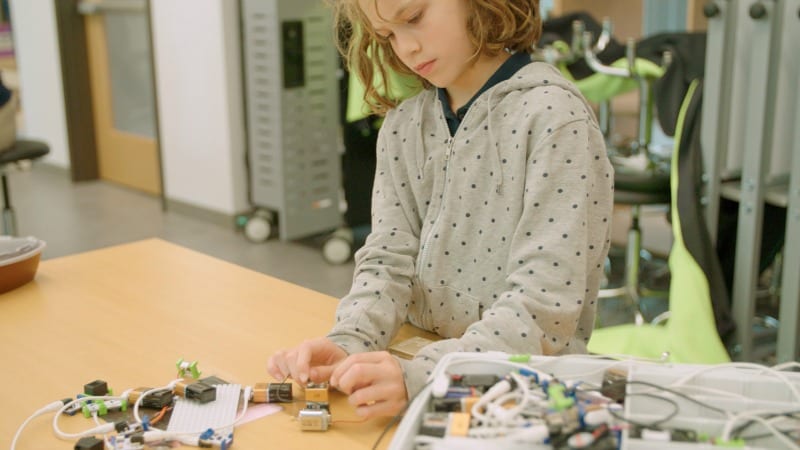
This area can be as simple or as involved as you want. Reep has all sorts of little motors and electronics in her station, and she says that it’s a great place for free play. Once students learn how they work, they can tinker and work on their own.
“Even a small motor with a nine-volt battery can be a great lesson on how circuitry works,” Reep says. “It’s a quick way to show how electrons are moving and understand how electricity happens.”
Makerspace secret: If you’re just getting started in this area, there are some great kits available on Amazon and other education websites.
7. Establish an area for robotics.
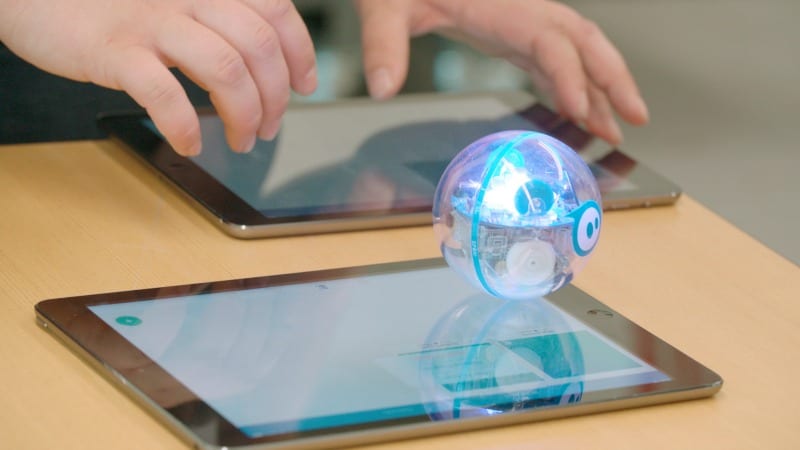
Robotics will definitely be one of your most popular areas. While Reep usually reserves robotics for slightly older kids, it’s a great makerspace area to establish in your classroom, either temporarily or long term.
“The main thing we use the robots for is to learn coding,” Reep says. “It’s another tangible way to see your work in real life.”
Last year, she had students create mazes, and then they had to program their robots to get through the maze. It took a long time, and there was some definite trial and error, but Reep says that’s what makerspace is all about.
Makerspace secret: This is another one where a kit can go a long way in getting started. If you don’t have the budget for a robotics kit, ask around your school or district to see who might have a robot you can borrow. Then work it into your curriculum or make it part of a special project.
A good makerspace builds a student’s confidence and skills to handle both classroom work and get them ready for the real world.
Reep says, “You have to be positive in here because you fail a lot. And you’re teaching kids a mindset and a work ethic that can go far beyond school and the classroom.”
Do you have tips for creating a classroom makerspace? Share them on our WeAreTeachers HELPLINE Facebook group.
Plus: Looking to start a makerspace on a budget? Here’s help.
